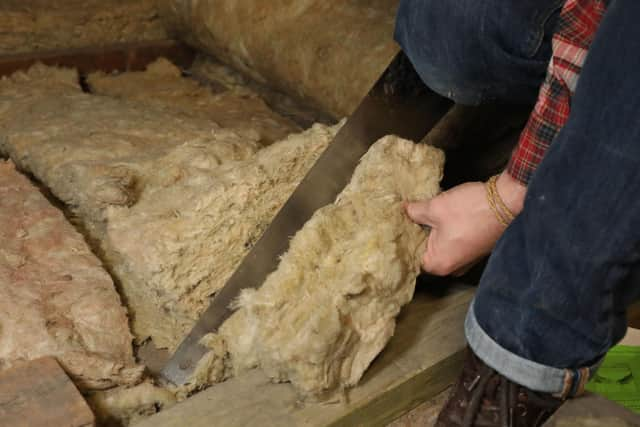Energy efficiency measures in low-income Wigan households increased since Government's net zero pledge
and live on Freeview channel 276
Under the Home Heating Cost Reduction Obligation, introduced in 2013, upgrades are made to homes with a low energy efficiency rating. It is part of the Government’s Energy Company Obligation scheme designed to support those facing fuel poverty while also reducing carbon emissions.
Since the Government's commitment to the net zero target in June 2019, the number of energy efficiency improvements in low-income households across Great Britain has more than doubled.


Advertisement
Hide AdAdvertisement
Hide AdHowever, charities have expressed concerns about the current phase of the scheme, suggesting it may fall short of delivering on a large scale.
Department for Business, Energy and Industrial Strategy figures show households in Wigan had installed 5,082 “affordable warmth” improvements between this year and 2019.
This brings the total measures implemented since the launch of the scheme to 12,929 — an increase on the 7,847 measures reported in 2019.
These included heating and insulation measures, such as more efficient boilers, heat pumps and solar panels.
Advertisement
Hide AdAdvertisement
Hide AdPeter Smith, director of policy at National Energy Action, said: “It’s vital to make it easier for the scheme to support more fuel poor households.
“The Government is aware which reforms will help it deliver its full potential and we hope they will be actively considered by the new Secretary of State.”
He added the scheme is currently “stalling badly and in danger of underdelivering at scale”.
The measures installed per 1,000 households rose from 142 in June 2019 to 174.3 this year. This was higher than the average rate across the three countries, which stood at 134.8 energy-saving improvements.
Advertisement
Hide AdAdvertisement
Hide AdThe energy efficiency measures installed in the North West accounted for 18.2 per cent of all improvements as of June — the most across Great Britain.
The rates and regional figures also include improvements made under the Carbon Saving Communities scheme, which provided insulation measures to areas of low-income, but was closed in 2017.
A spokesperson for the Department for Energy Security and Net Zero said: “The government’s record on energy efficiency speaks for itself, with the proportion of homes in England with an EPC rating of C or above up from 14 per cent in 2010 to 47 per cent in 2022.